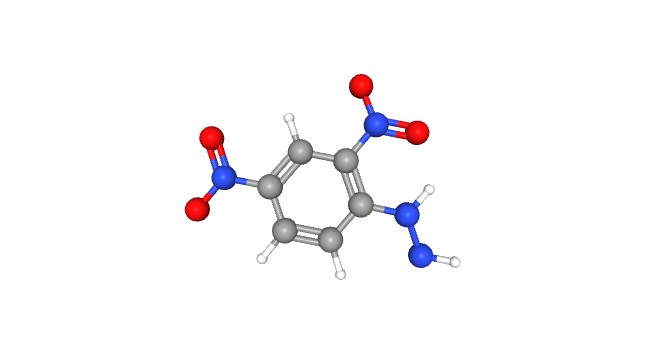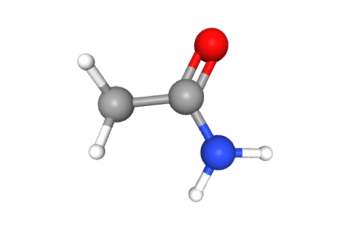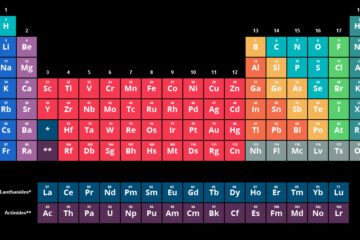Table of Contents
Unveiling the Secrets of 2 4 dinitrophenyl hydrazine Its Properties, Applications, and the Role of Brady's Reagent Test
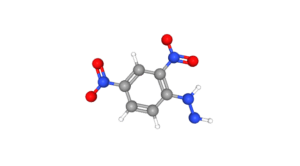
Introduction:
Imagine a chemical compound resembling golden crystals and smells reminiscent of “musty hay” or “burnt sugar.” It’s a curious compound that has its fingers in numerous applications while being a hazard. Welcome to the intriguing world of 2 4 dinitrophenyl hydrazine (DNP)! In this article, we’ll explore the properties, uses, and impacts of DNPDNP’ss (2 4 dnph) and Brady’s Reagent nifty technique that employs this fascinating compound.
Physical Properties:
DNP is like table salt’s dazzling, potentially dangerous cousin. It’s a yellow crystalline compound with a chemical formula of C6H4N4O5 and a 221.12 g/mol molecular weight. It remains stable under standard temperature and pressure (STP), much like a well-behaved guest at a dinner party.
Chemical Information:
DNP is part of the “Hydrazine Family,” which sounds like a fun group to hang out with at a family reunion. It’s a hydrazine derivative that has two hydrogen atoms and two nitrogen atoms triple-bonded, making it a close-knit crew.
Uses:
DNP is like a detective for enzymes, particularly those in living tissues and cells. Researchers use it to uncover the secrets of how enzymes work and interact with various chemicals. It’s the Sherlock Holmes of the enzyme world!
Impacts:
While DNP can be helpful, it can also be a party crasher. It can cause skin and respiratory irritation, burns, blisters, and other injuries. It’s toxic to aquatic life and can pollute water supplies. So, handling DNP with care is essential, like a mischievous gremlin you don’t want to feed after midnight.
Brady’s Reagent Test:
The 2,4-DNP test, also known as the Brady’s Reagent Test, is like a chemical speed-dating event. It uses 2,4-DNP to identify carbonyl groups in ketones and aldehydes. By forming 2,4-DNP derivatives, chemists can separate mixtures of ketones and aldehydes through column chromatography. After separating the derivatives, hydrolysis can regenerate the original carbonyl compounds.
Synthesis of 2 4 dinitrophenyl hydrazine:
Making DNP is like whipping up a batch of cookies with fewer chocolate chips and more hydrazine. DNP is synthesized by reacting hydrazine with 2,4-dinitrochlorobenzene. The two nitro groups in this reaction make it easy for the chloride to be displaced, ultimately forming 2,4-DNP.
Brady’s Reagent:
Brady’s reagent is a special potion made from 2,4-DNP that reacts with carbonyl compounds like aldehydes and ketones, producing a colorful precipitate. These precipitates have sharp melting points, which can be used to confirm the identity of carbonyl compounds.
Identification of a Carbonyl Compound:
Brady’s reagent acid solution in methanol is mixed with a carbonyl compound to form colored crystalline solids called 2 4 dinitrophenyl hydrazine. These crystals are filtered off, purified, and sent off to crystal rehab through recrystallization. The melting temperatures of these derivatives are then measured and compared to a dating app of known melting points to find their perfect match, revealing the original carbonyl compound.
Laboratory Test Procedure:
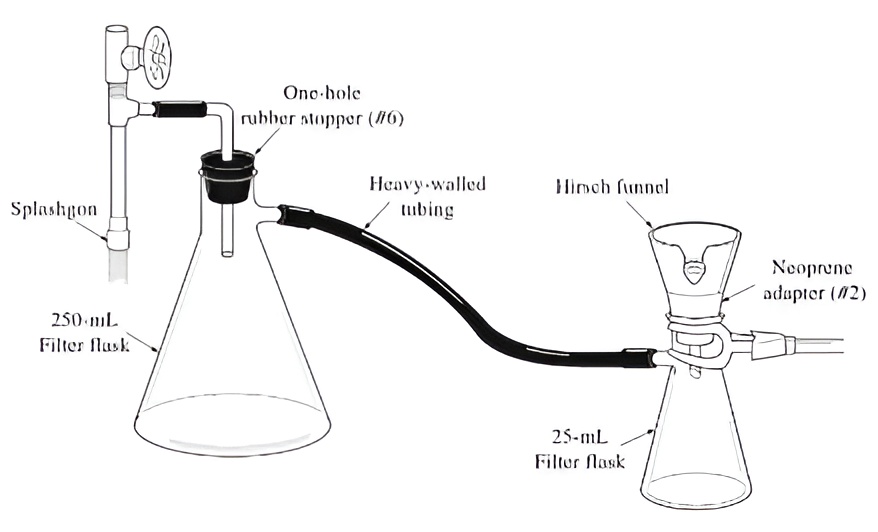
- Add 5 ml of 2 4 dinitrophenyl hydrazine reagent to a test tube, like adding a dash of magical potion.
- Add ten drops of the unknown compound and give the test tube a sharp tap to mix. If crystals don’t form immediately, gently heat in a water bath (60°C) for 5 minutes, like coaxing a stubborn cake to rise.
- Until crystal forms, Cool in an ice bath, like a hot day’s Coke, and use a Hirsch funnel as a tiny Hoover cleaner to collect the crystals.
- Allow the crystals on the Hirsch funnel to dry by pulling air through them as if sunbathing on a small beach. Make a note of the melting point on the Report sheet.
- Typically, the crystals are pure enough to provide a sufficient melting point. Recrystallize from a minimum volume of ethanol if the melting point range is too vast, as if giving the crystals a second chance at a beauty pageant.
In conclusion, 2 4 dinitrophenyl hydrazine(DNP) is a versatile and fascinating compound, like a mysterious character in a chemistry novel. It has practical research applications but can also be a hazardous protagonist. When handling DNP, it’s crucial to be careful and take appropriate safety measures. Understanding its properties, uses, and dangers allows us to appreciate its role in chemistry while minimizing potential hazards. The 2,4-DNP test, also known as Brady’s reagent test, plays a vital role for chemists as they identify and separate carbonyl compounds, such as aldehydes and ketones, by forming 2,4-DNP derivatives.
Check Our Chemistry Blog Here: Unravel the Secrets of Chemistry with Engaging Articles
Click Here to Dive Back into Our Educational Resources and Expand Your Knowledge Blog

